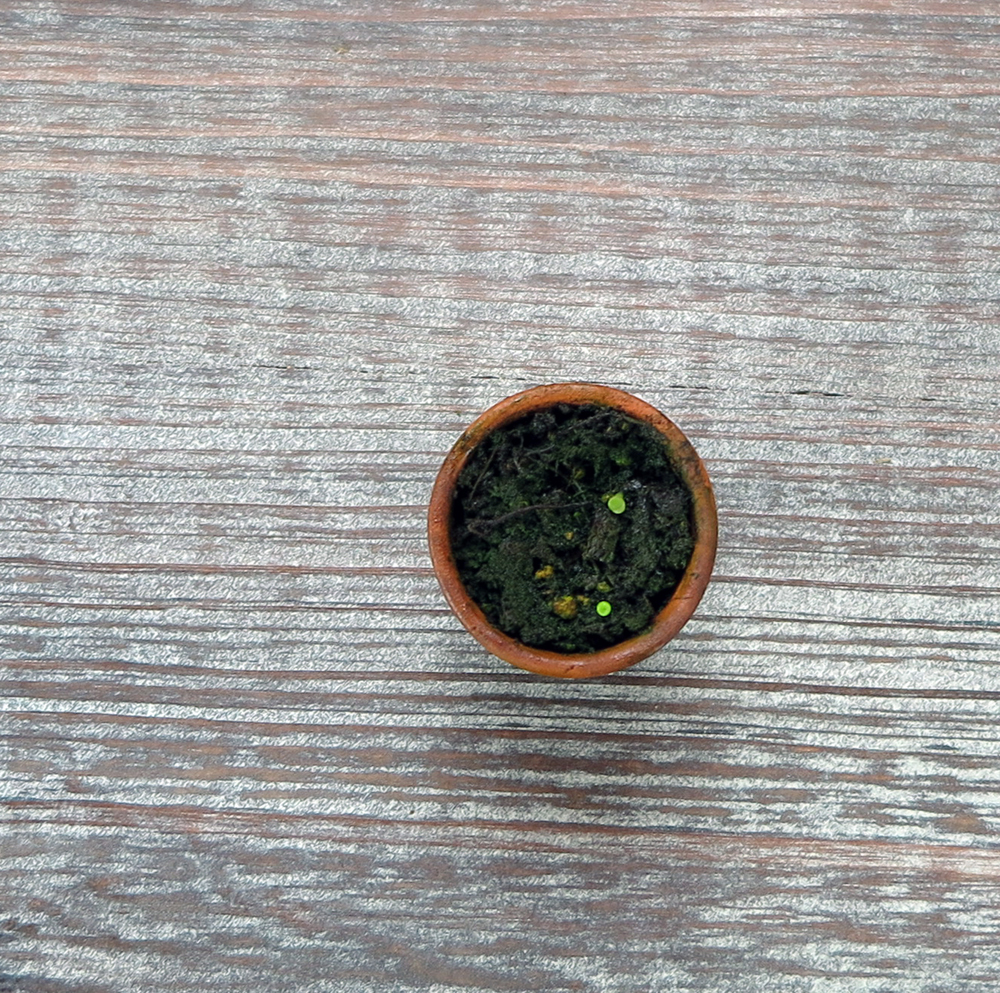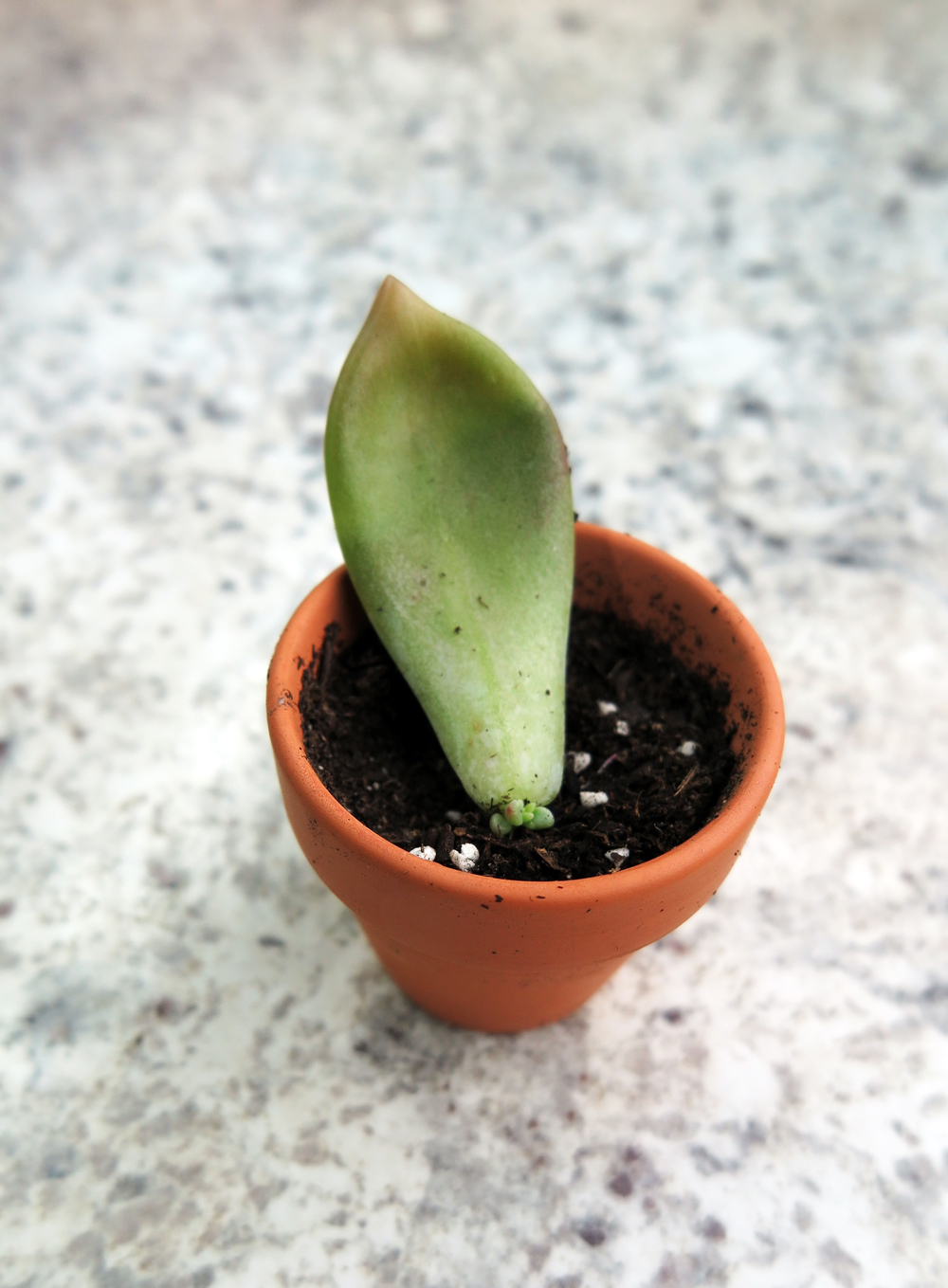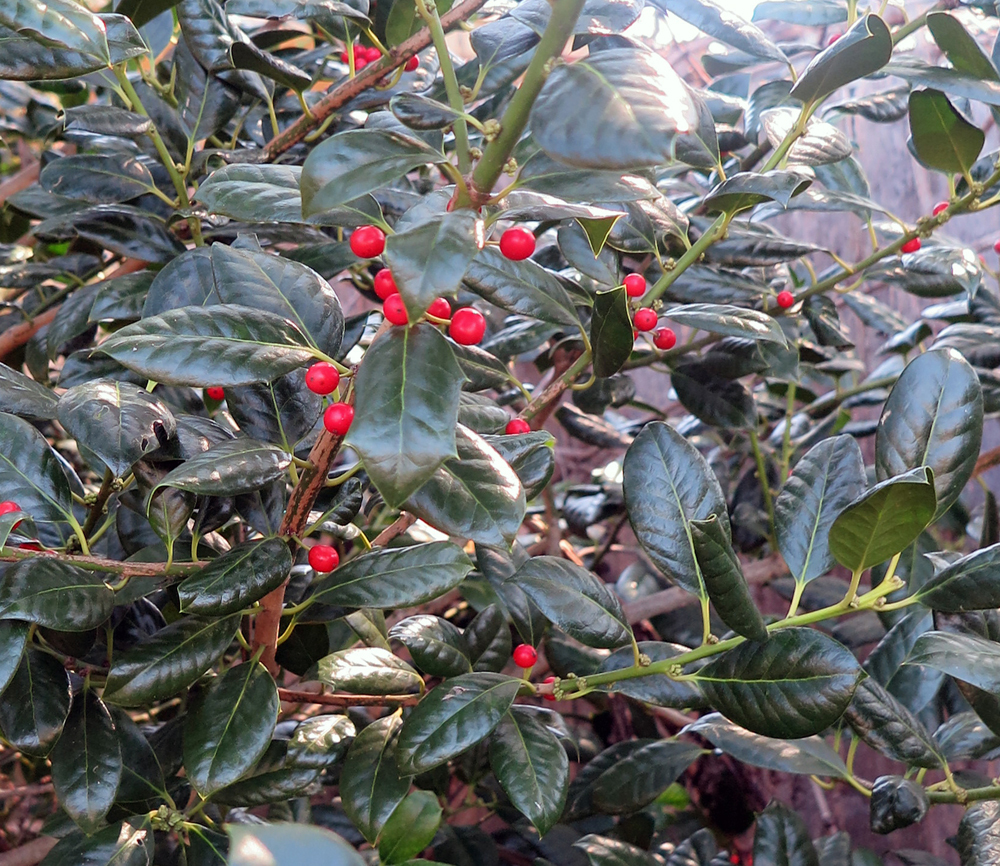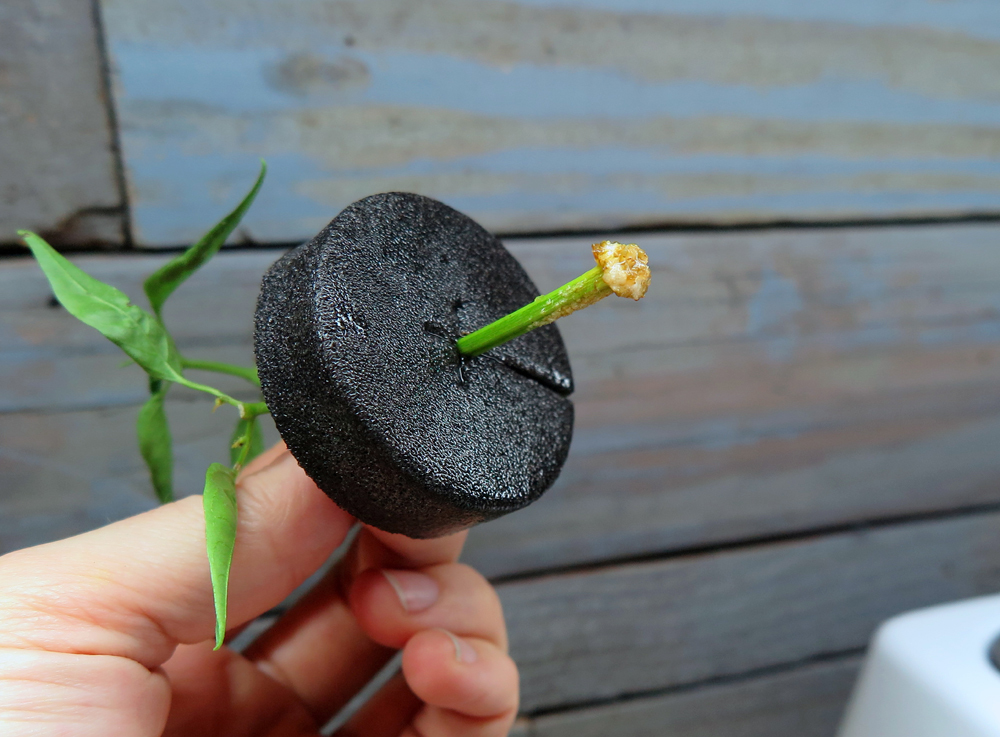Plant Parenting: Spider Plant Babies!
September 4, 2019
How to Propagate Spider Plant Babies
Offsets are easy to grow!
Looking for easy ways to make more plant babies? Certain plants make it super easy for you. Some species of plants develop offsets (also called pups or plantlets) on flowering stems that are super easy to propagate. The airplane plant (also called spider plant) is a great example of just such a plant.
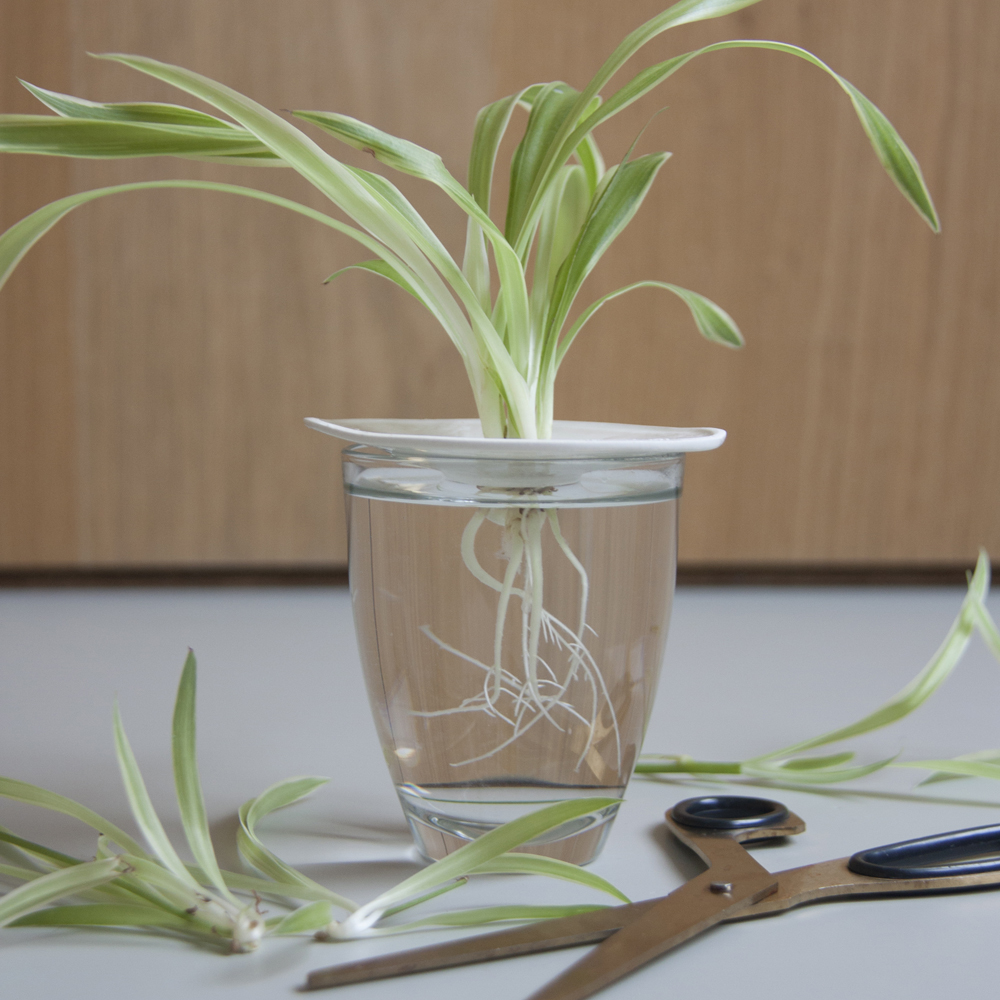
Airplane plants are easy to propagate from the offsets they produce at the ends of flowers stems.
PC: Botanopia
Offsets usually already have root initials that just need to come into contact with water or moist soil to begin growing an entirely new plant that is a clone of the mother plant. These offsets can be snipped right off the stem and planted - or water rooted. Once the new roots have begun to produce side branches, you can pot your plant baby up into it's own pot.
If you want to learn all the fundamentals of plant propagation, pick up my new book Plant Parenting today!


